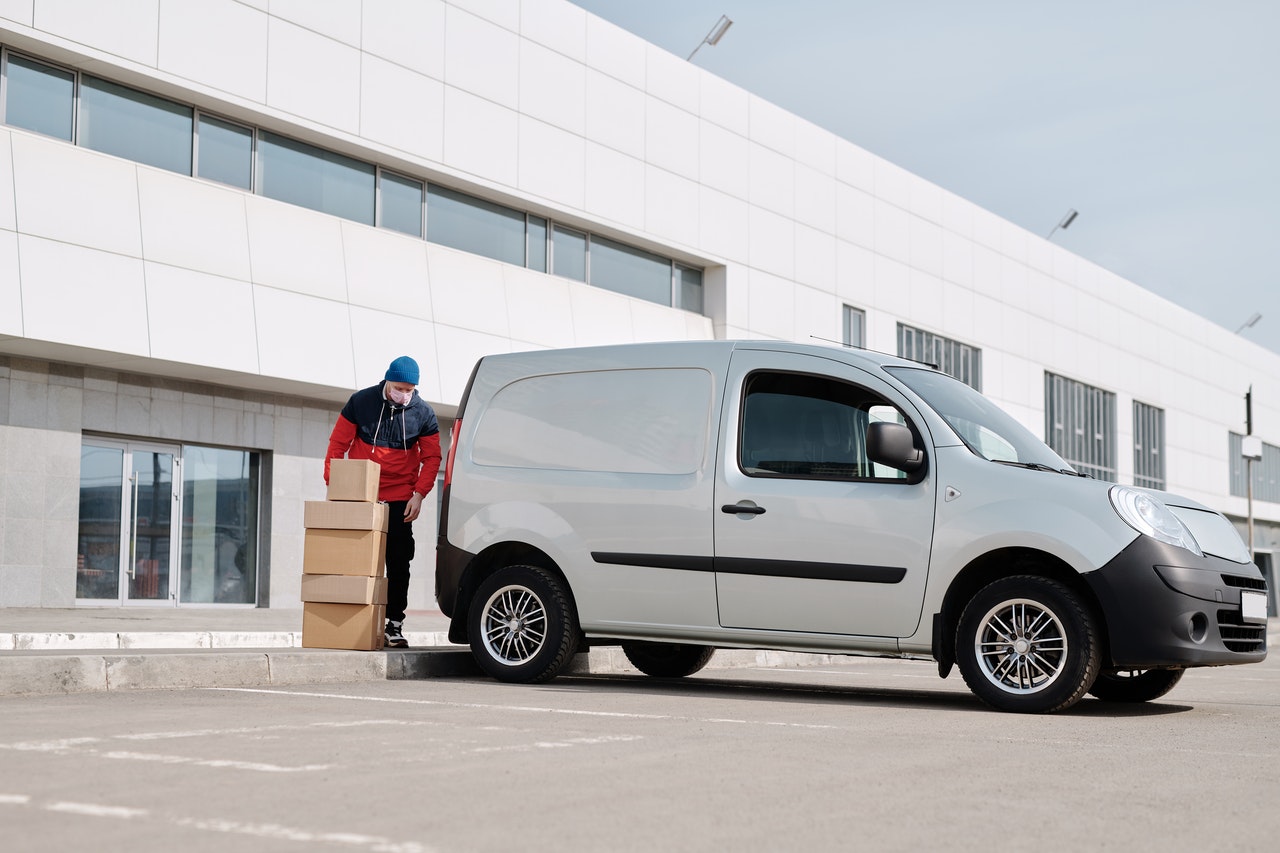As the Government issues detailed guidance to schools, restaurants and other organisations that are reopening, our clients have presented us with a number of issues.
One in particular seems to recur. Who do organisations have a primary duty to protect under health and safety law, and how they go about achieving that? Naturally, many of them are interpreting their primary responsibilities as being to their staff and those that they provide a service to, be that customers, guests or pupils.
As a consequence, third party workers such as contractors, delivery drivers and others are having special conditions imposed upon them, particularly that they are not able to use washing and toilet facilities on site, or access to drinking water.
We are having to point out that, while they may feel their primary responsibility is to “their own”, and people paying them for their good/services, they have to look after and provide facilities for all visitors and workers to their sites.
Here is some wording from recent Government guidance (and the crucial words here are “and others”):
“All employers are required by law to protect their employees, and others, from harm. Under the Management of Health and Safety at Work Regulations 1999, the minimum employers must do is:
- identify what could cause injury or illness in the organisation (hazards)
- decide how likely it is that someone could be harmed and how seriously (the risk)
- take action to eliminate the hazard, or if this isn’t possible, control the risk”
Delivery drivers have been a particular problem for some organisations, especially where they take in an enormous number of goods. The constant to-ing and fro-ing of drivers means that staff are, not unnaturally, concerned that this increases the risk of coronavirus transmission. There are specific regulations which require organisations to provide facilities for delivery drivers, and current difficulties do not give an excuse to treat them unfairly/illegally.
So, in these circumstances, we have suggested that clients either:
- Designate one facility for the sole use of drivers, subcontractors and other visitors
- Temporarily install a facility solely for their use (such as a Portaloo), although these must include washbasins
- Or have a proper social distancing management policy in place for those who wish to use the facilities on site
These facilities must also be thoroughly and regularly cleaned.
Clients organisations and employers must not forget that their health and safety responsibilities extend beyond their organisation at times, and have to make reasonable adjustments to ensure that visitors and other workers to their site have access to proper facilities.
What about visits to other sites?
The more difficult problem is for organisations whose employees visit other sites, such as schools, factories and other workplaces. Their staff often find themselves met with a brick wall of resistance, and a refusal to allow access to some basic welfare facilities.
This is a management issue, and it is essential that organisations get acceptance from the sites they visit that there is fair access.
In circumstances where this is being refused, your own staff need to have clear directions on how to proceed, and how to escalate the matter. Your management needs to be very clear on how to communicate with these locations to solve the problem.
The law is covered by the Workplace (Health, Safety and Welfare) Regulations 1992, and is best explained in the accompanying Approved Code of Practice which requires the provision of suitable and sufficient welfare, and specifically sanitary facilities, at readily accessible places. The Regs go on to provide for the number of cubicles and washbasins depending on the number of people at work. The use of the word ‘people’ is deliberate as it covers all contractors, suppliers, agency staff as well as customers, end users and visitors.
There is also an Approved Document G Sanitation, Hot Water Safety and Water Efficiency. Further guidance is provided in British Standard 6465, which suggests that “staff in permanent stationary workplaces in buildings should not have to walk more than 100 metres, or travel up or down more than one floor to use the sanitary facilities”.
The Workplace Regulations require that everyone using the workplace must have their needs considered as part of the Workplace risk assessment. These needs now extend to forming part of your COVID-19 Workplace risk assessment as well.
We are all learning as we move through this Covid 19 pandemic, that the health, safety and welfare of all employees in all situations is paramount, but others are affected too and permitting their access to the appropriate facilities and protections is also essential.
Our Consultants would be pleased to advise you on any element of the issues arising from this newsletter.


